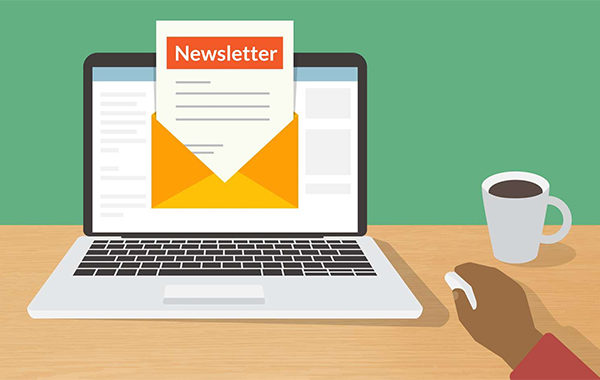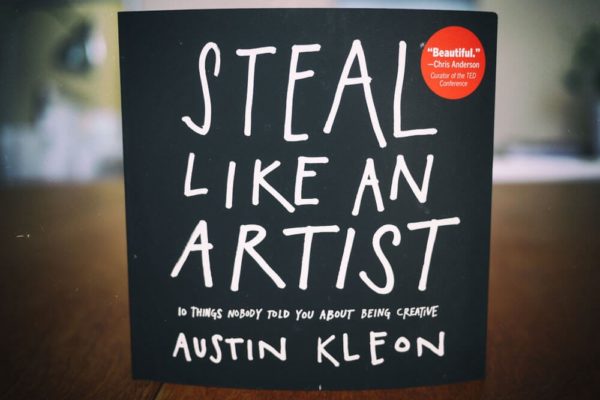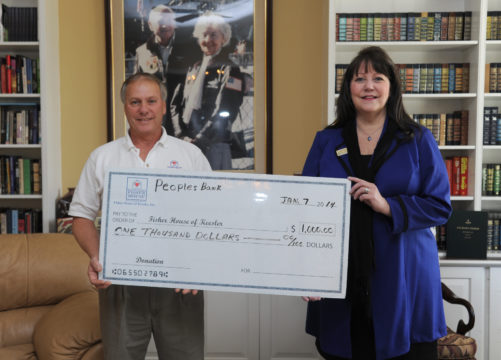If you’ve been thinking about no longer printing and sending your Annual Report, keep reading.
But for you “Steven, just tell me what to do” people, here’s the summary: if you have a good donor-centered newsletter, published multiple times per year, you don’t need to send your annual report to the vast majority of your donors.
Because they don’t need it. And in all likelihood, it’s a waste of money.
Annual Reports Meet a Need… in the PAST
My personal theory is that in the past, annual reports served a useful purpose for donors:
- They made the organization look professional
- They made the organization look like they are good at what they do
- They showed some of the impact that the organization made
All good things.
But here’s the Main Thing: most donors, most of the time, don’t make their giving decisions based on whether an organization is professional or good at what they do.
Smart fundraisers have figured out that most donors make their decisions based on how you make them feel. On emotions.
(I should mention that annual reports are very good at generating one emotion in donors: boredom.)
A Better Idea: Make Your Donors Feel Their impact
How do you make donors feel strong emotions? Send them a donor-centered newsletter that focuses on the donor’s role in the work your organization does, not on your organization’s role. Tell stories of individuals, and tell the stories with emotion.
Those emotional stories that show a donor what her gift did are what makes so many people give gifts in response to receiving a newsletter.
Listen to that again: when you send donors a good newsletter, donors respond with gifts.
When you send them an annual report – no matter how good it is – what do they respond with?
Nothing.
So you get to pick. The choice is pretty clear.
The Two Mis-directed Arguments to Send Your Annual Report
There are two arguments against cancelling your annual report. Neither hold water (in my experience) and they go something like this:
- “Even though donors don’t respond, we know they like it and it helps drive future gifts.” I have cancelled a bunch of annual reports over the last ten years. We have NEVER seen a drop in giving. Not even once.
- “We must give it to Major Donors, they need it.” No, they don’t. They do need regular Reports on what their giving has accomplished. The annual report is, at best, an OK Report. What’s far better? Customized reports that are aligned with the donor’s passions and interests. Stories of beneficiaries. Pictures of beneficiaries. Meetings on site. Etc. All higher effort than sending an annual report, and all more effective.
The Real Reason to Keep Your Annual Report
There’s one very good reasons to keep your annual report:
- You have some Foundation partners, and/or large grantors, who require an annual report.
Then, by all means, make them one. But figure out exactly the requirements and just do that. Don’t do anything else. And print it only for them (if they even need it!).
What to Do With Your Freed-Up Time and Money
Create a donor-centered newsletter. Or if you already have one, make and send another issue. A great newsletter will outperform – and cost less than – an annual report.
Another idea we’re seeing that’s working: about once a month, have your ED send out an email that tells the story of one beneficiary. Make it feel really personal. Strip out as much of your organization’s standard email formatting as you can.
If You Are Forced To Do an Annual Report
If the Powers That Be require you to make an annual report, try to make it a Gratitude Report.
I first heard this idea from Agents of Good in Toronto. It’s a bit of a mind-hack, because the simple reframing of the name helps people see that even though the content is largely the same as an annual report, the goal of the content is to express gratitude to donors for their role. So the “Letter from the Executive” gets written to express gratitude, rather than the standard chest-thumping. The headlines are written to use the word “you,” which makes the content more likely to be read.
But here’s the thing; I think a Gratitude Report is pretty much the same thing as a donor-centric newsletter. Both of them focus on the donor’s role, not the organization. Both of them give credit to the donor.
You can do either one. Do both!
If you can’t do that, do the work to get your annual report stakeholders – the people who feel powerfully about it – to clearly define the purpose of the report and how you are going to measure success. Then measure it to see if it achieves that purpose. And think hard to see if there’s something else you could do to achieve that purpose for less money.
I bet you’ll come back to two ideas: a donor-centered newsletter or a Gratitude Report.
A Big Opportunity…
If you’re still doing a classic annual report, you have a big opportunity in front of you. How are you going to use it?








